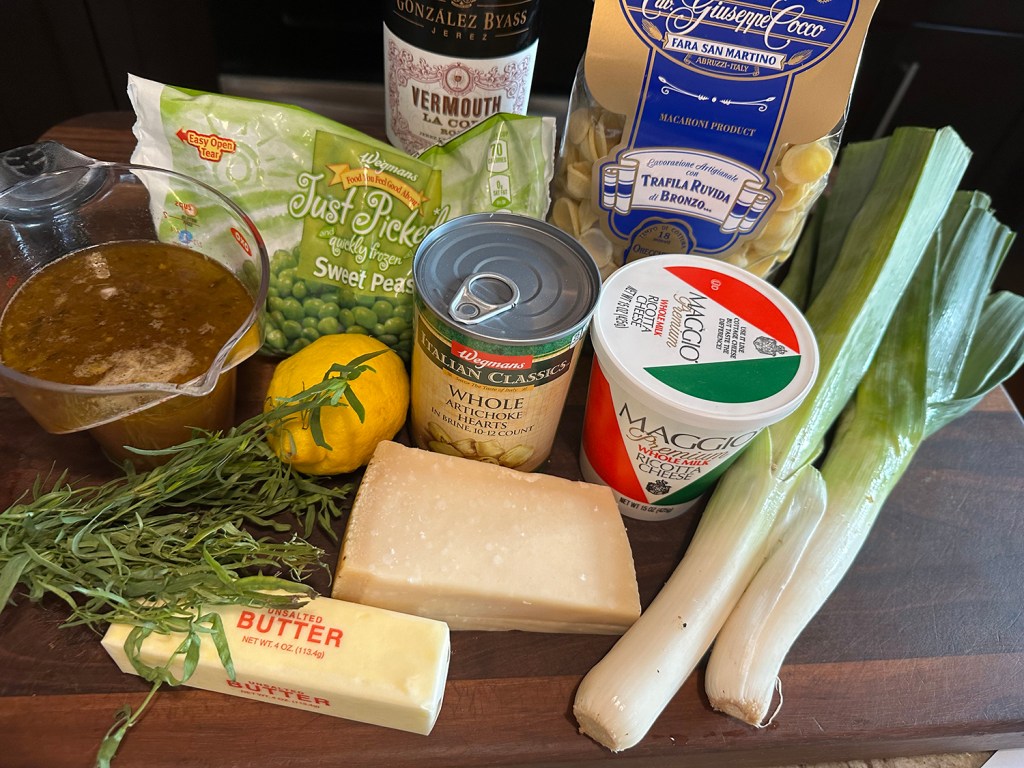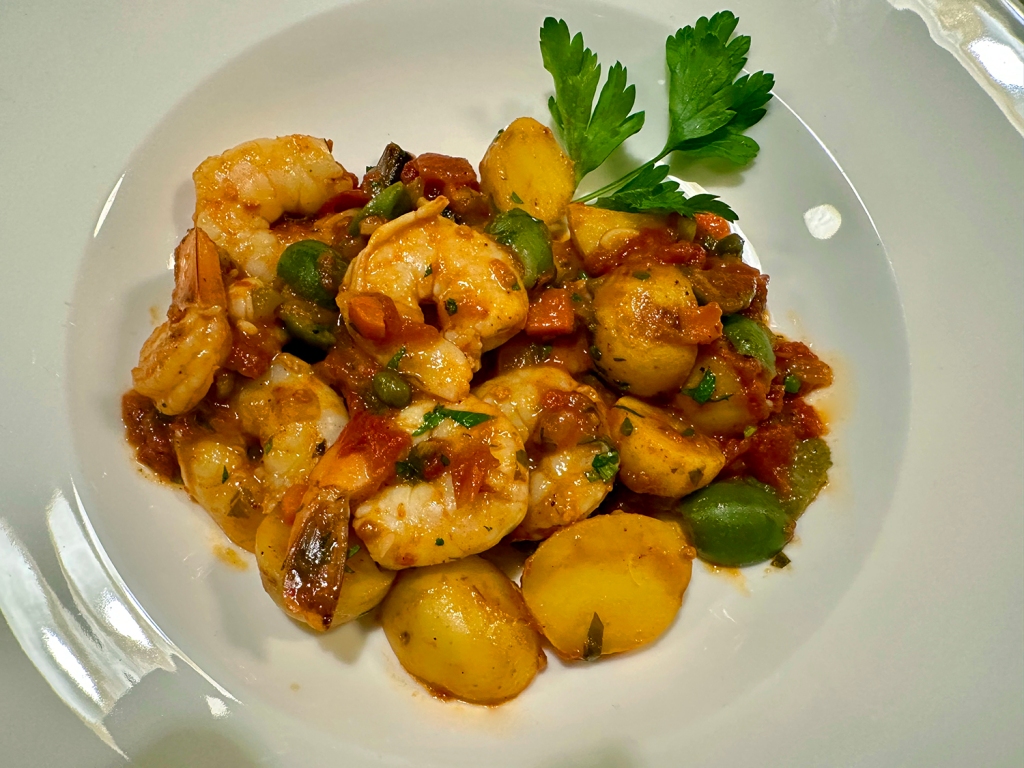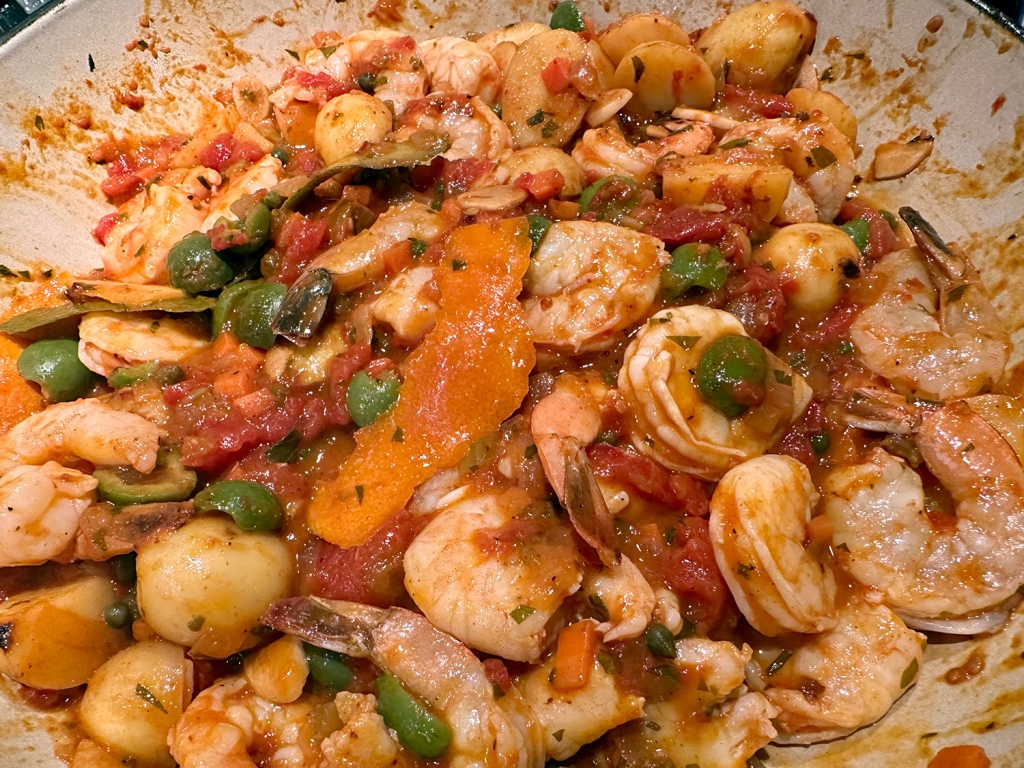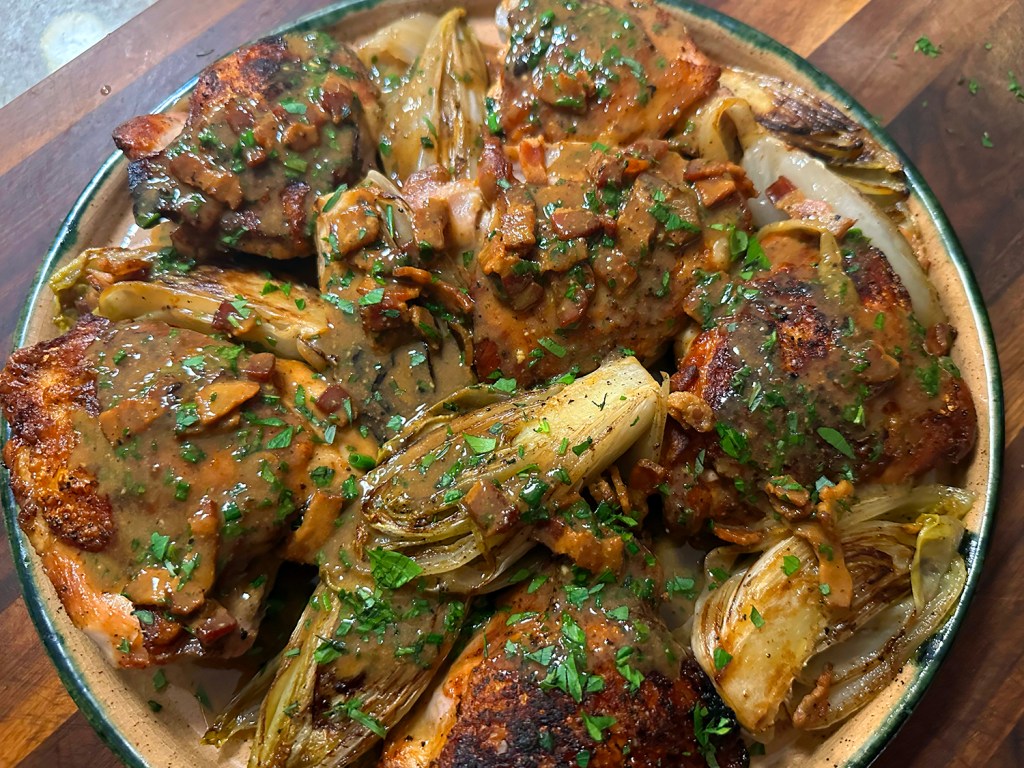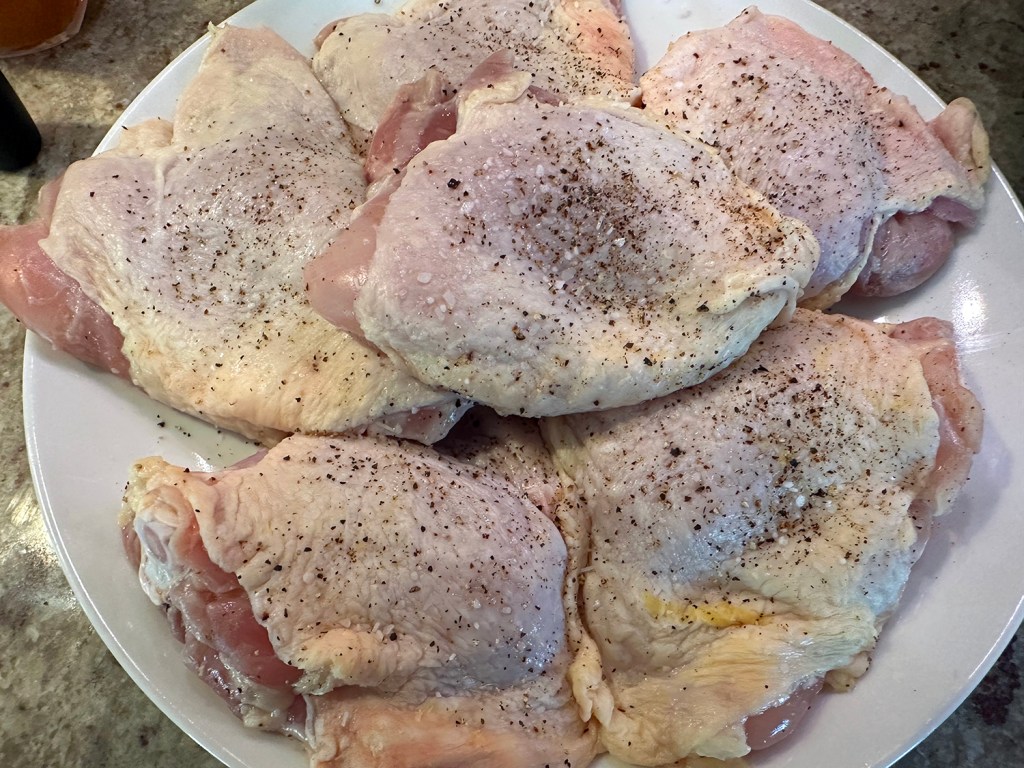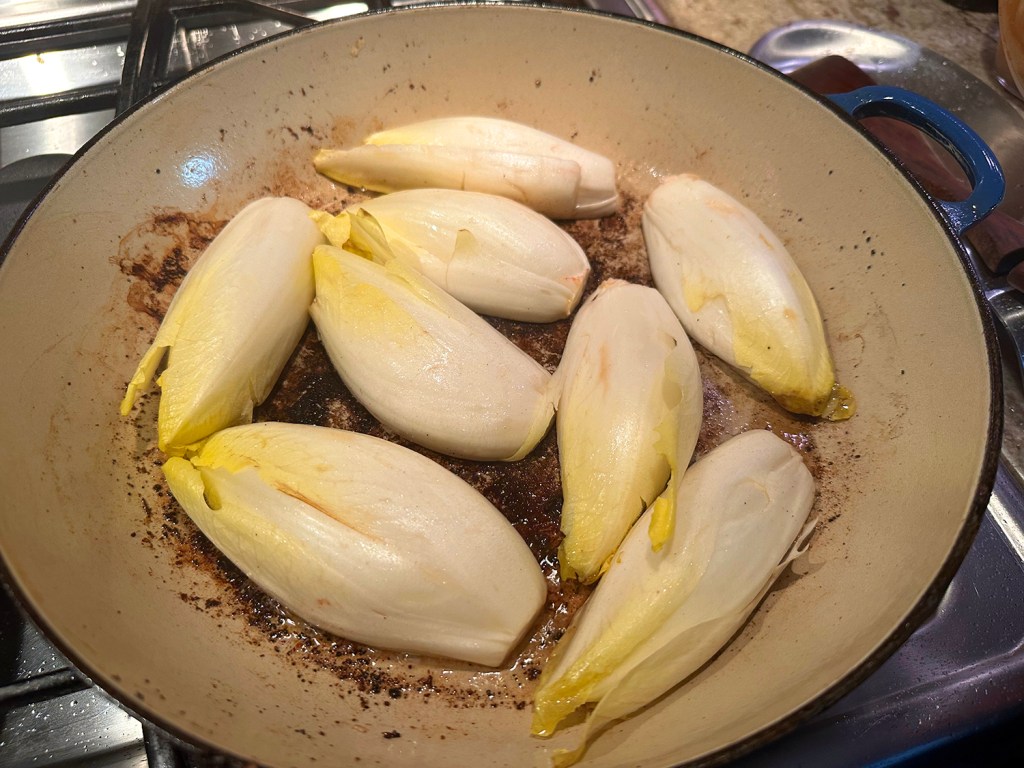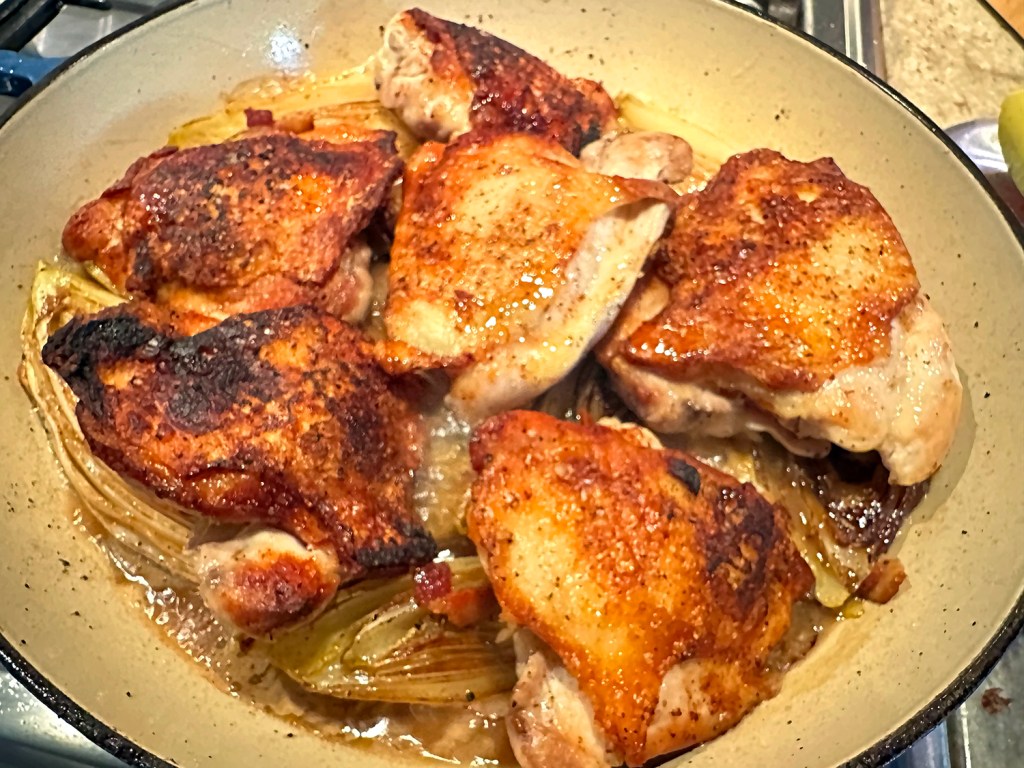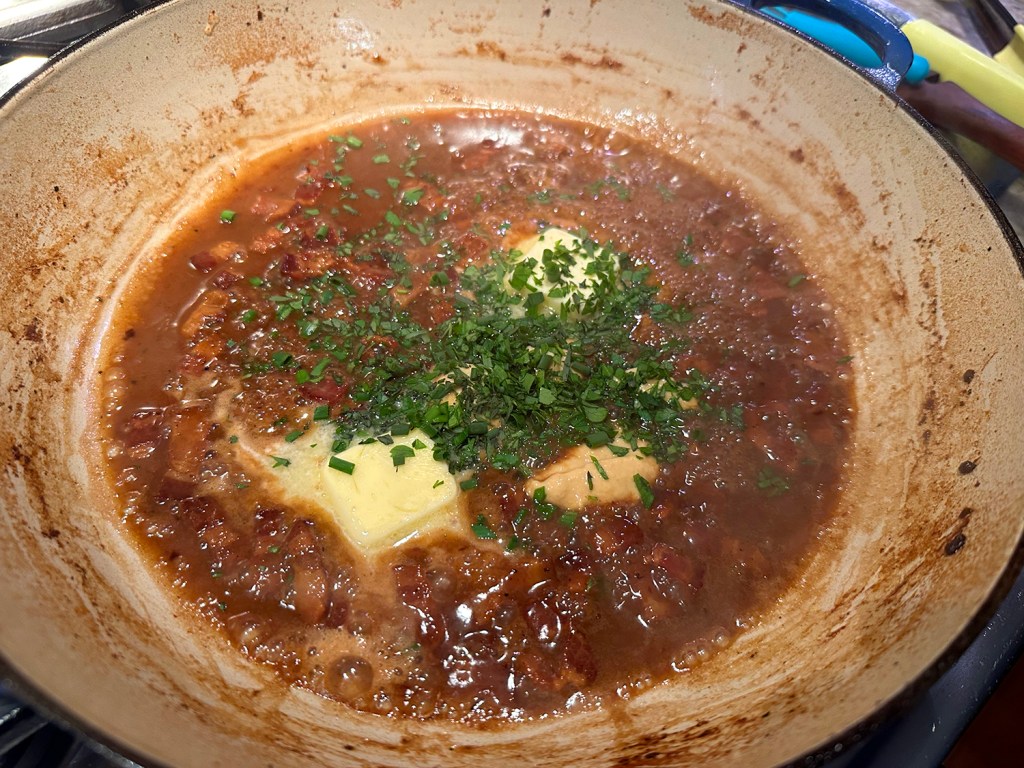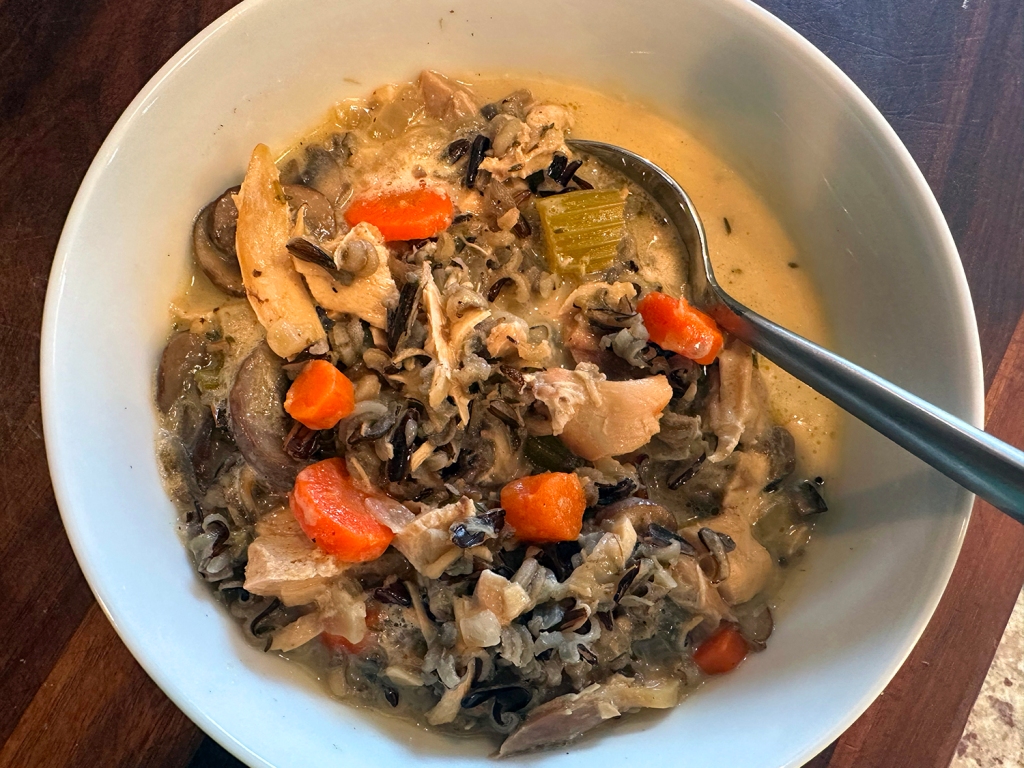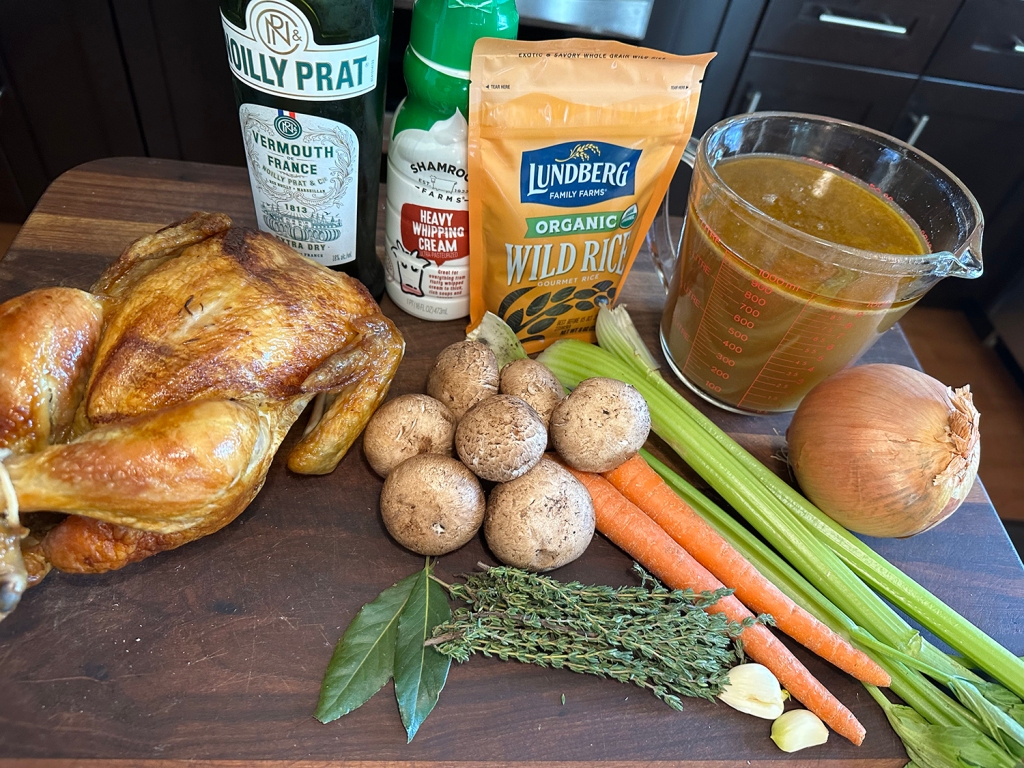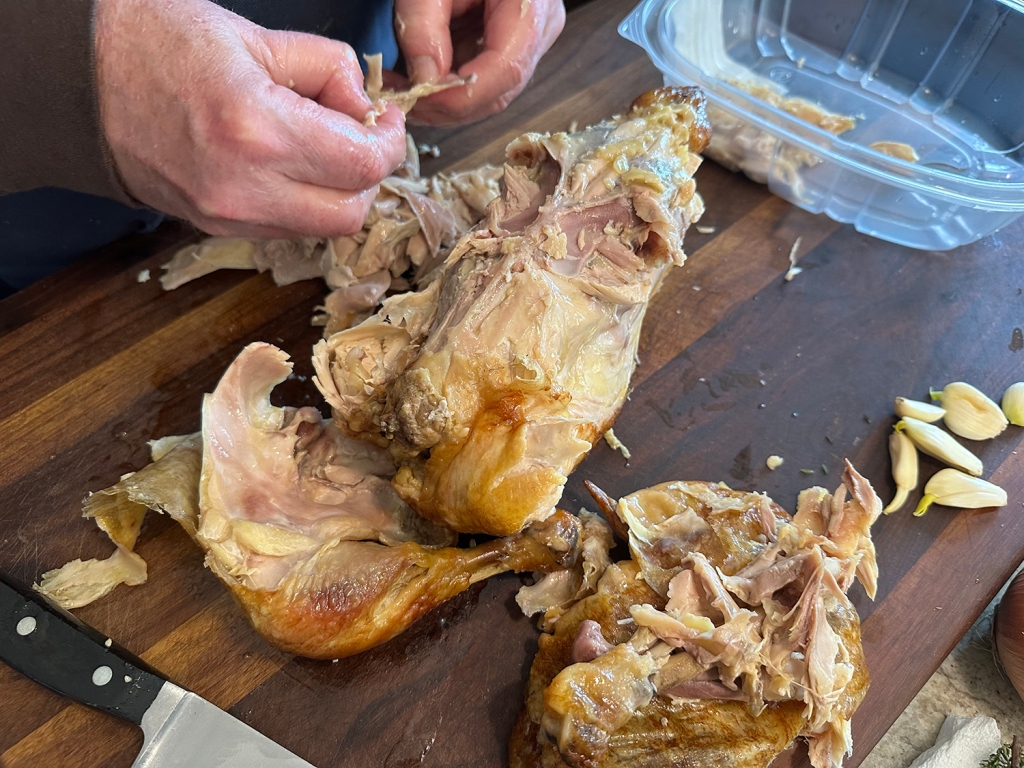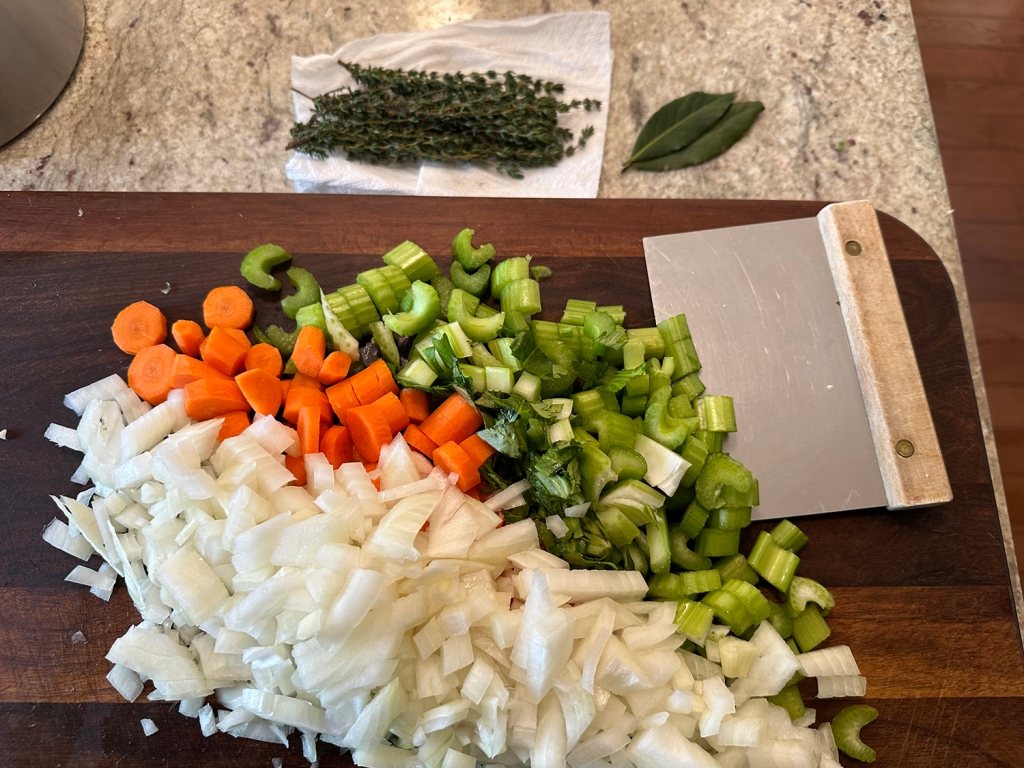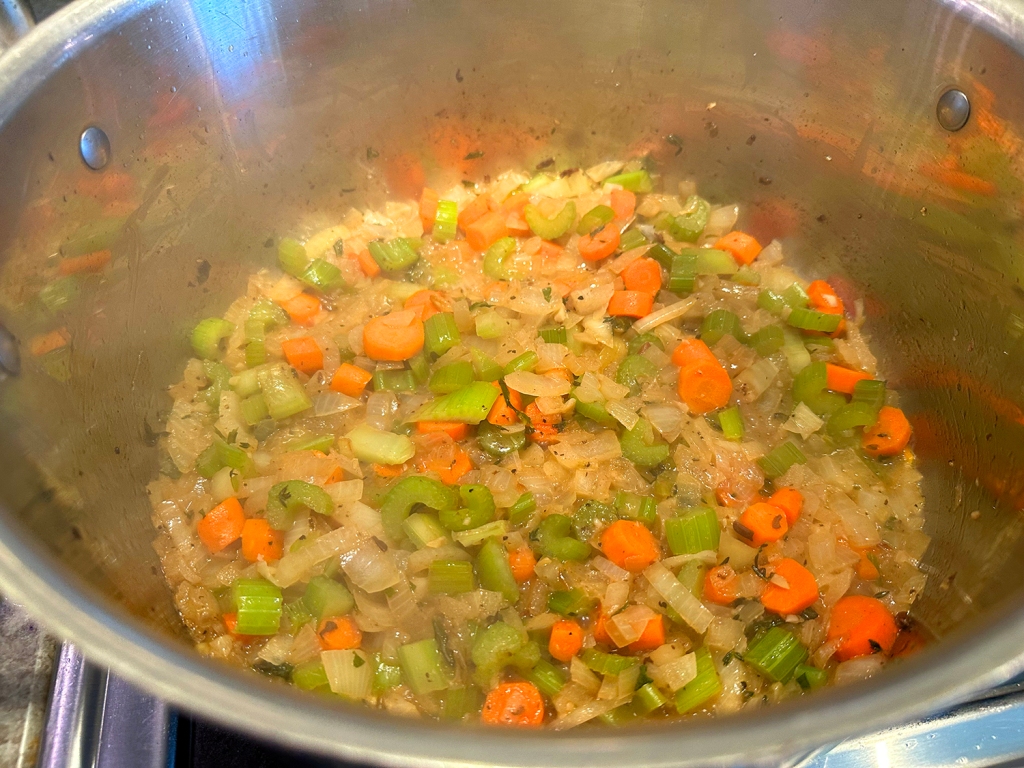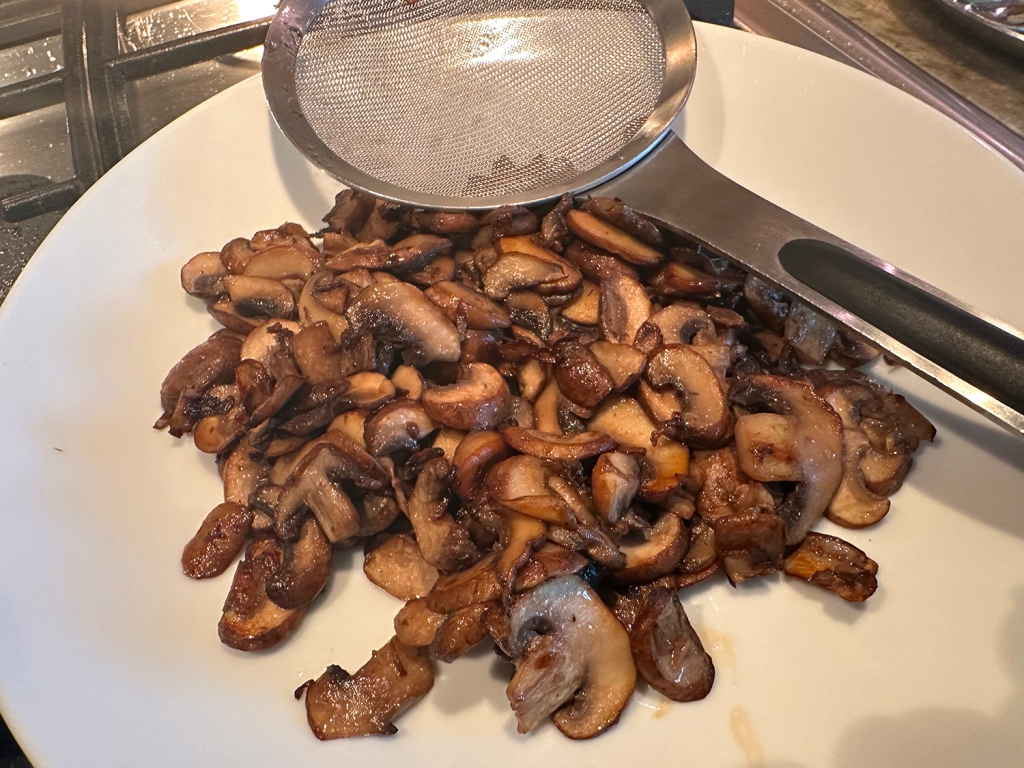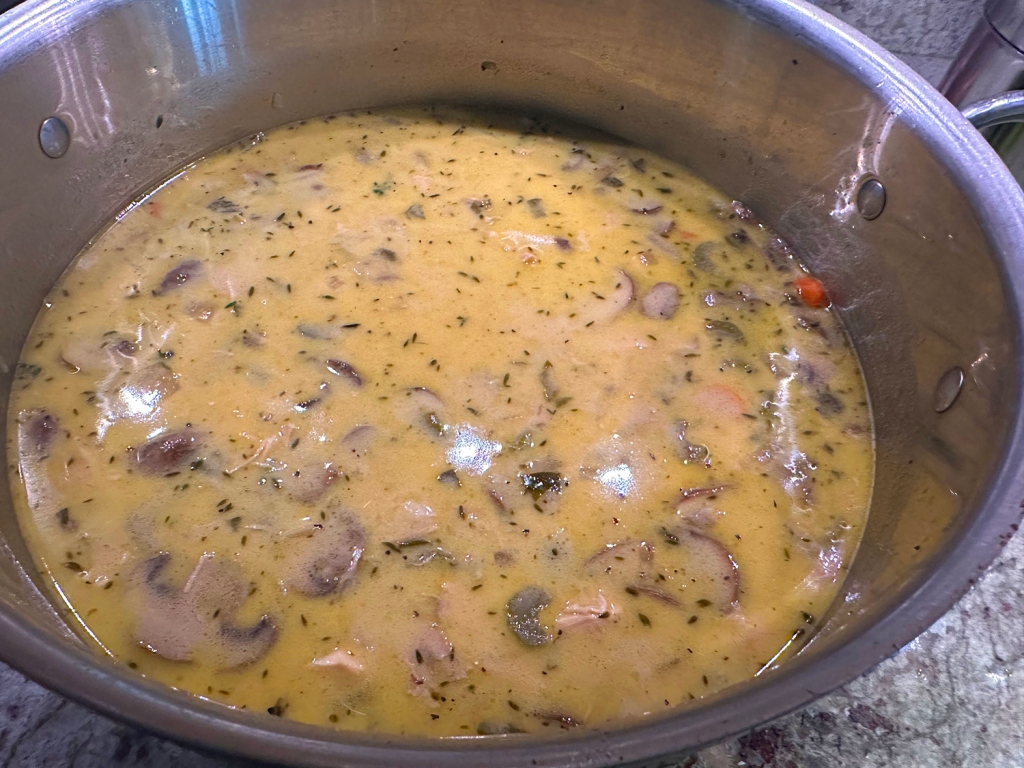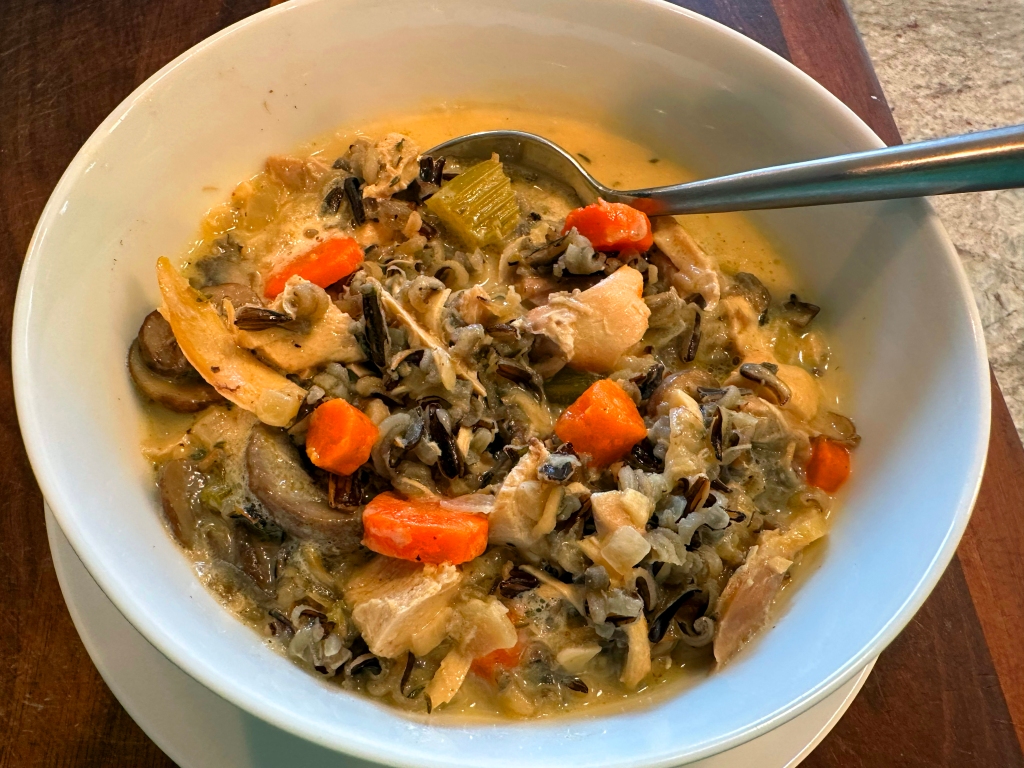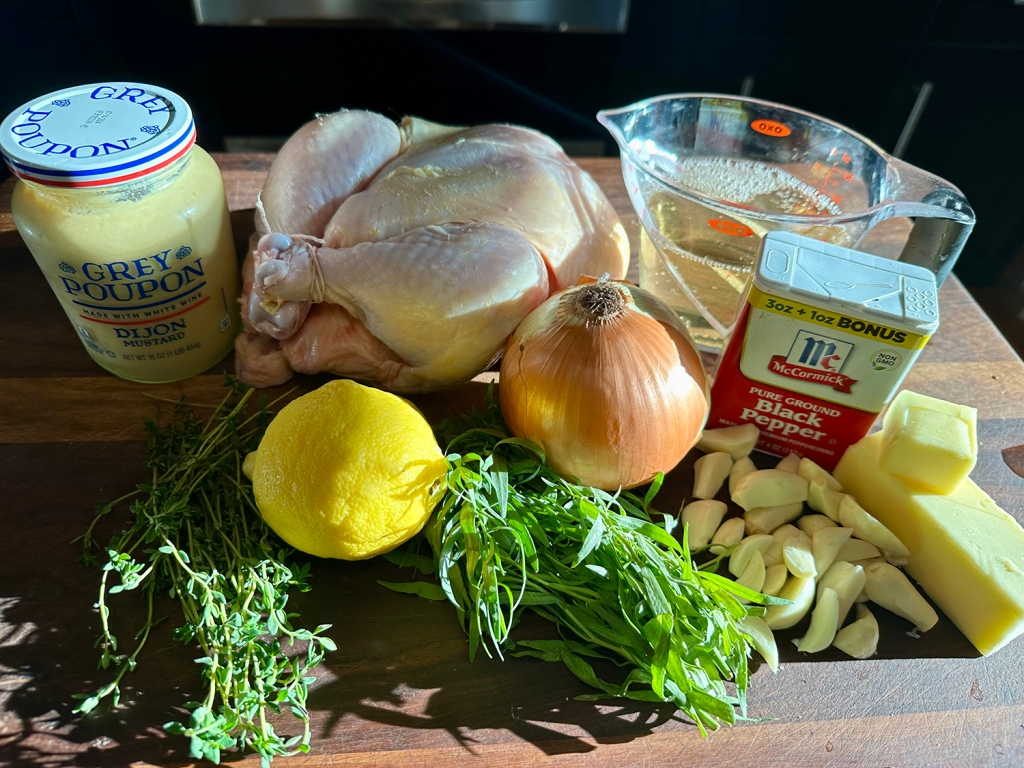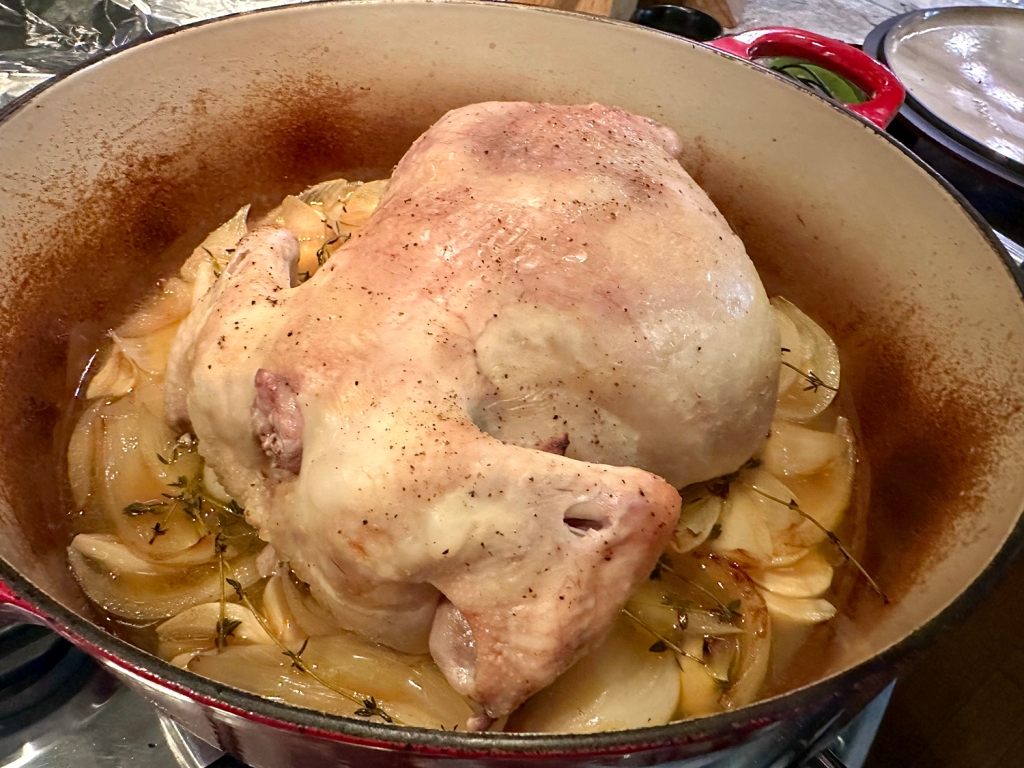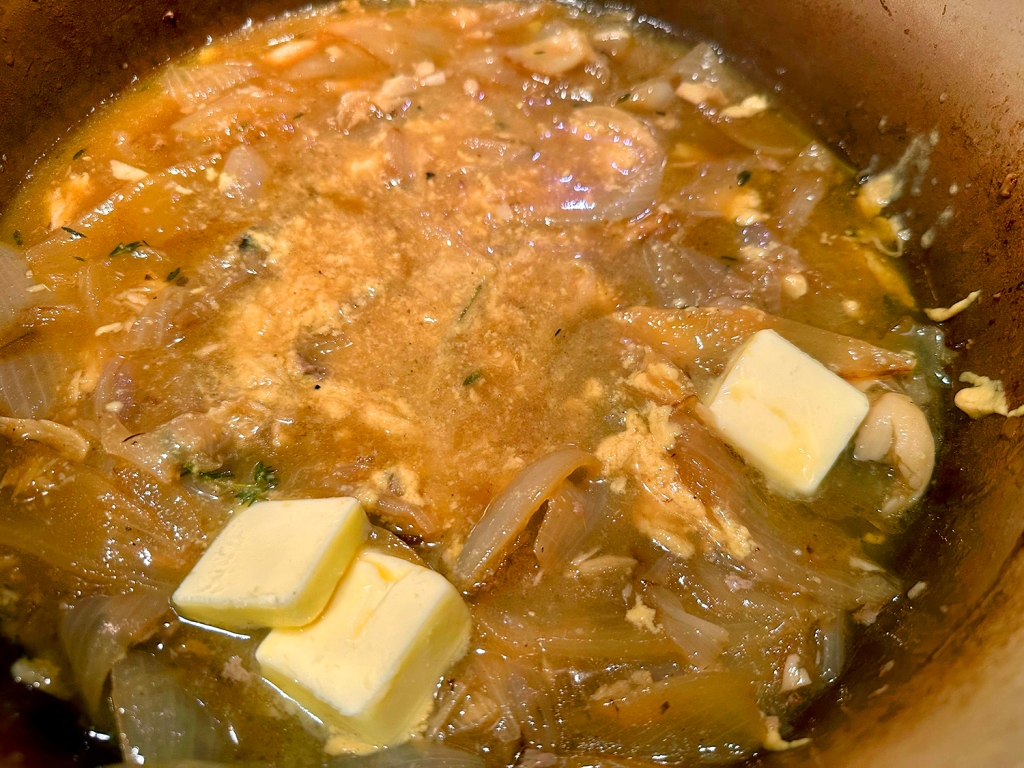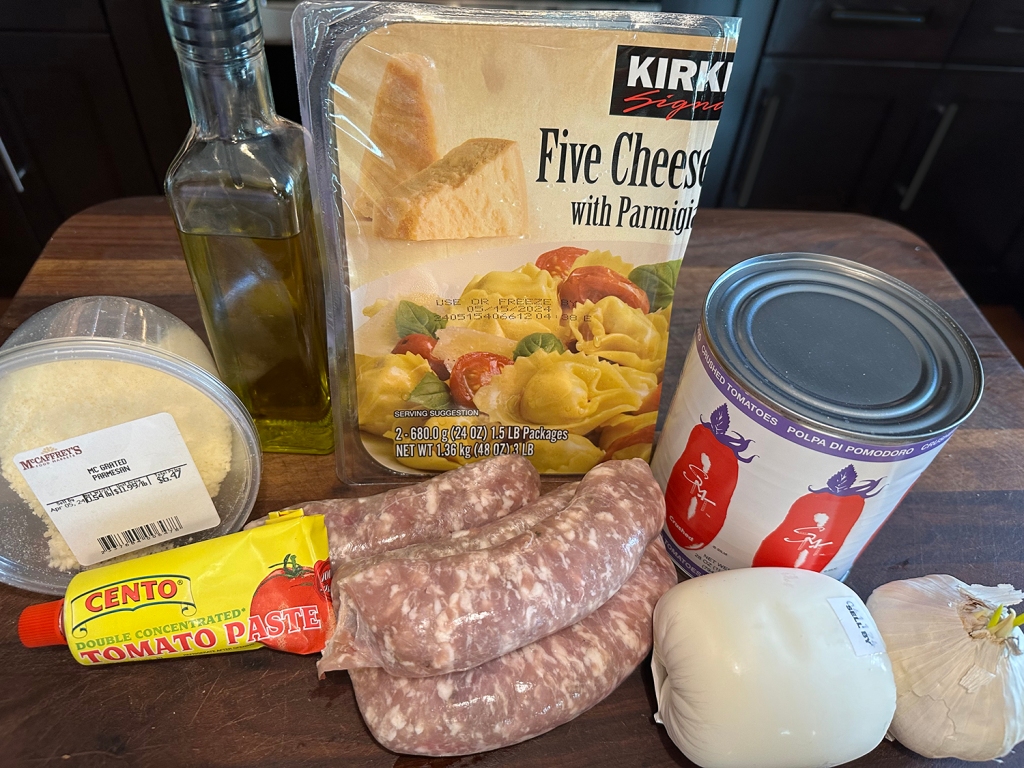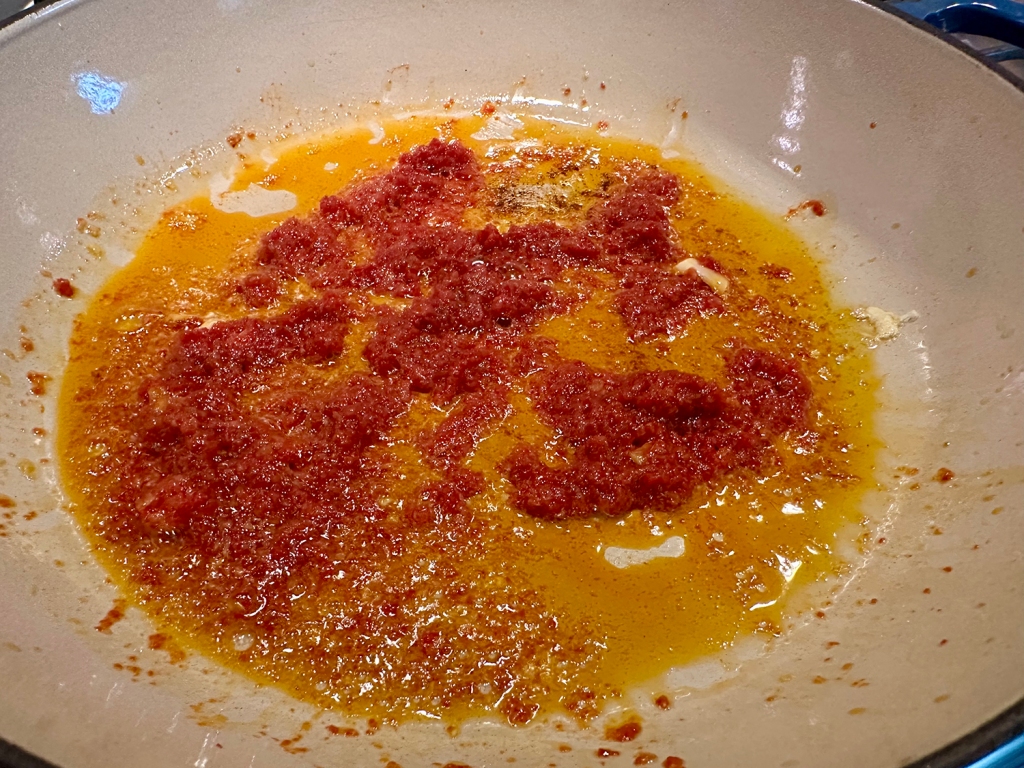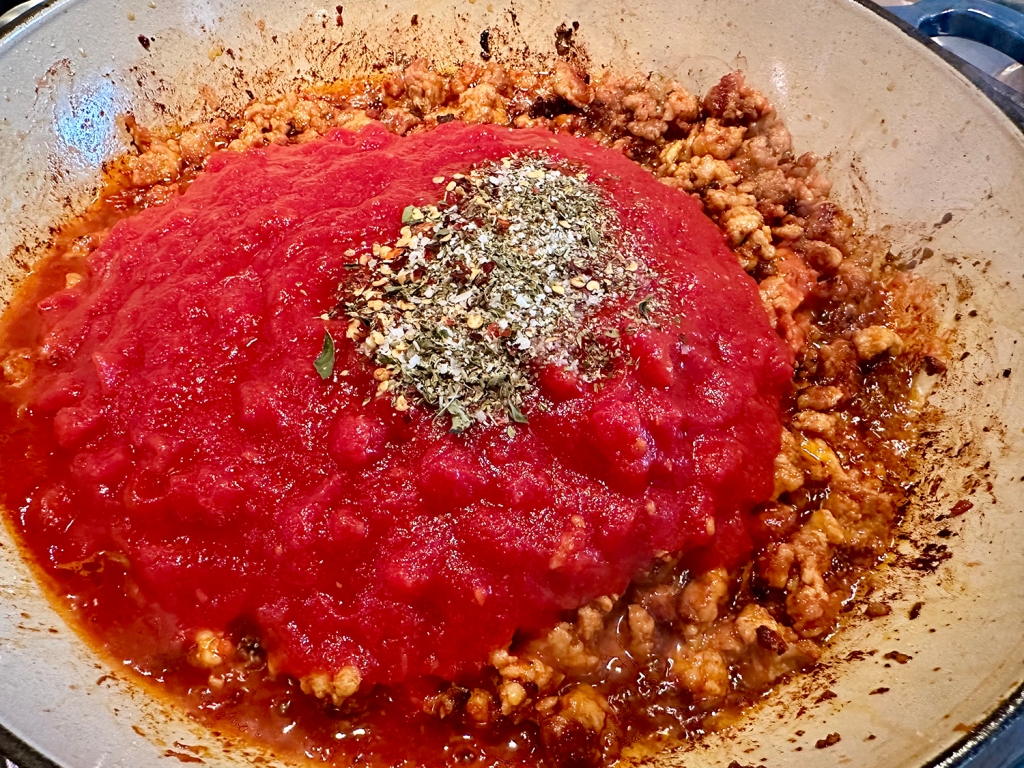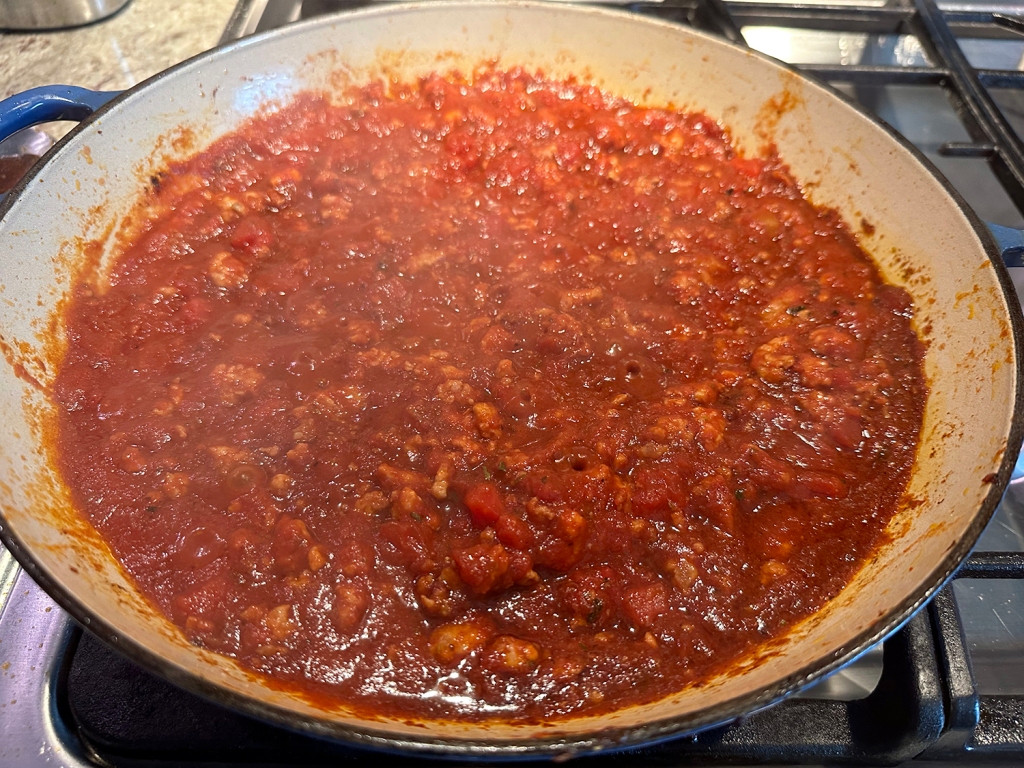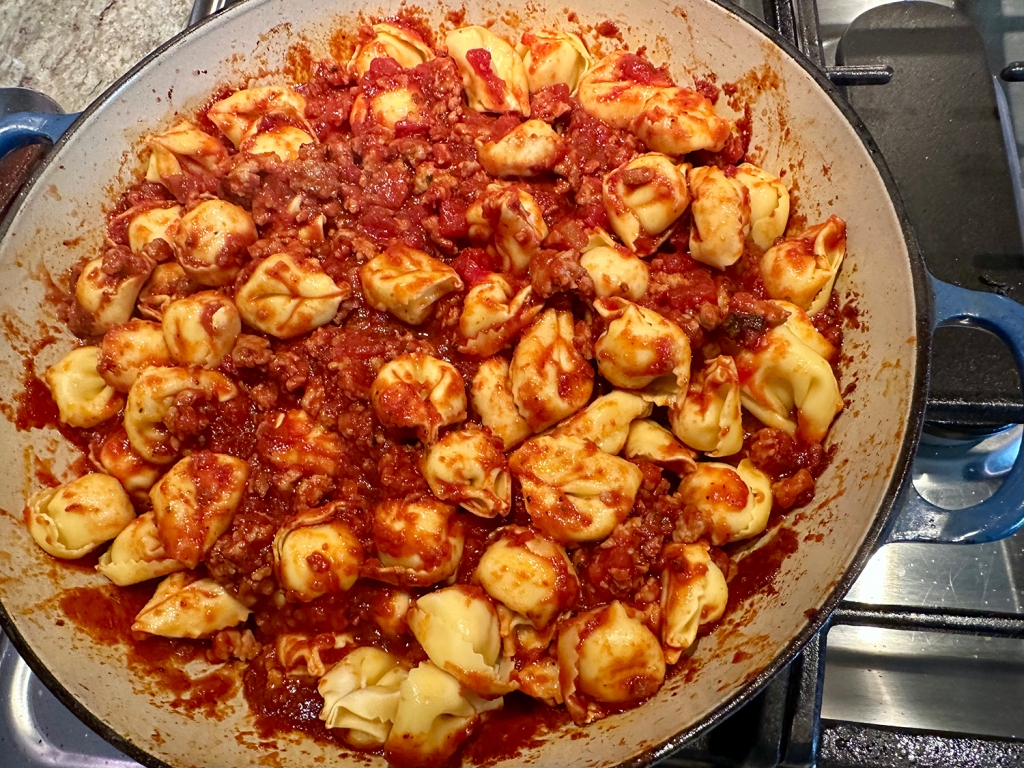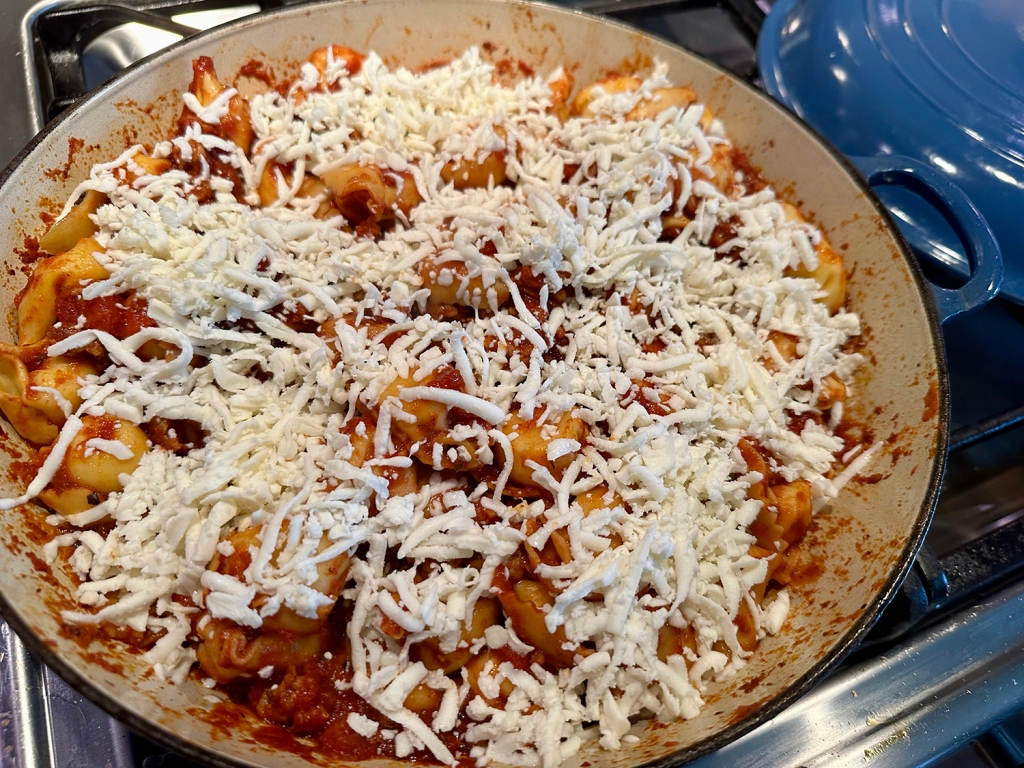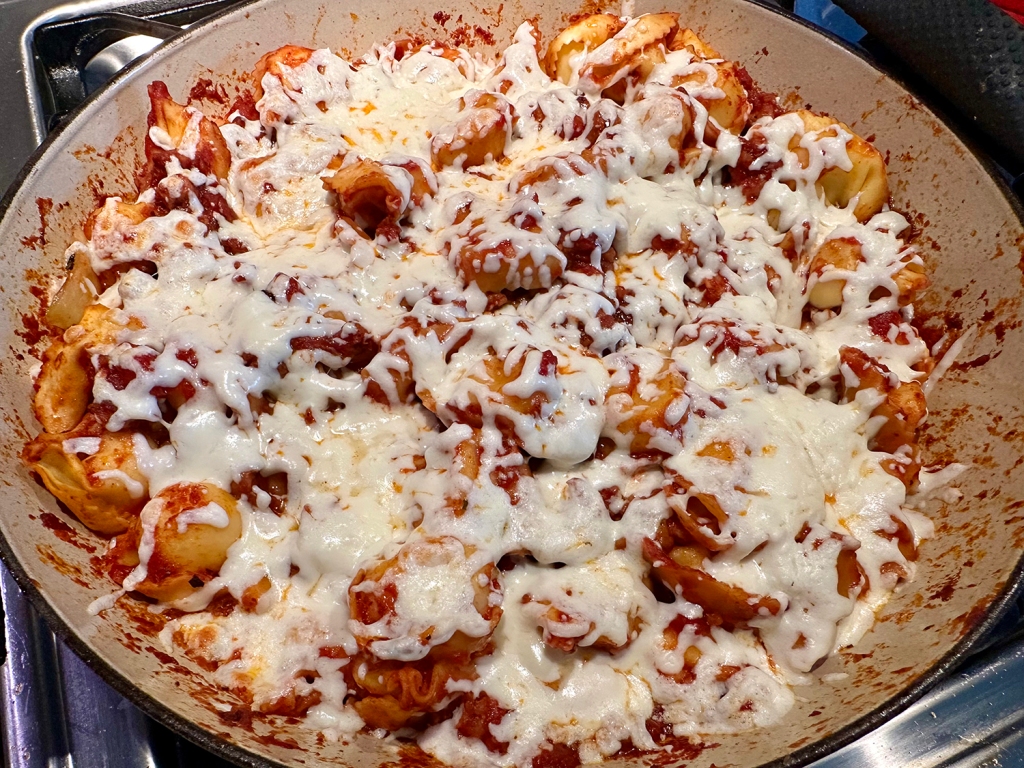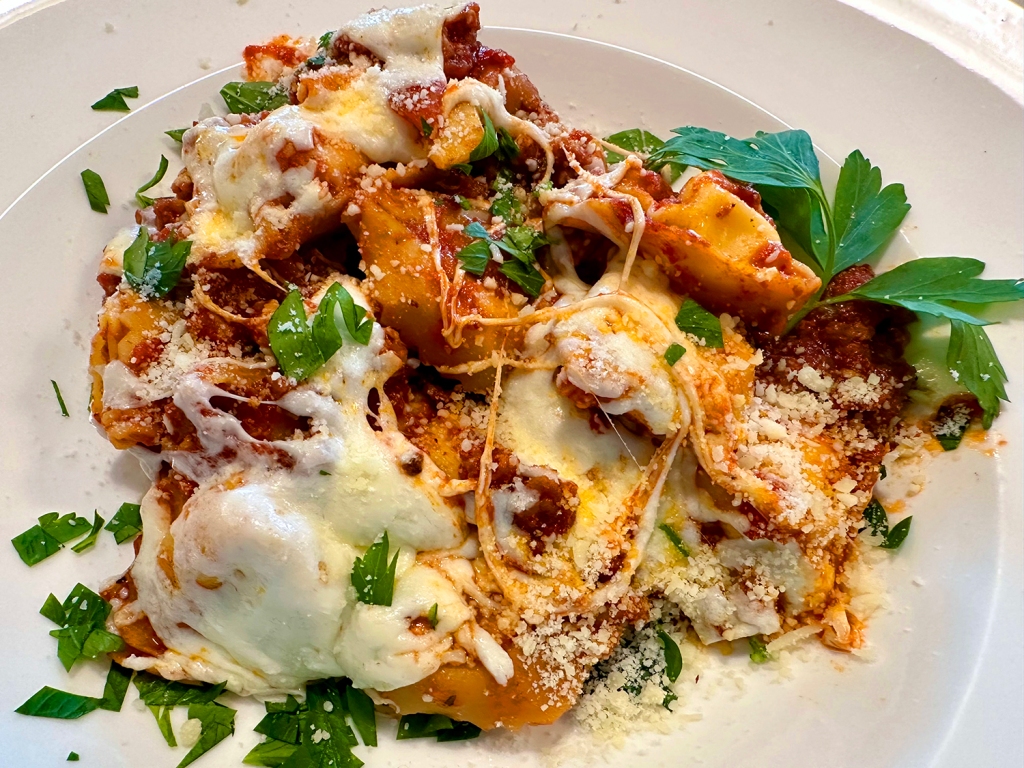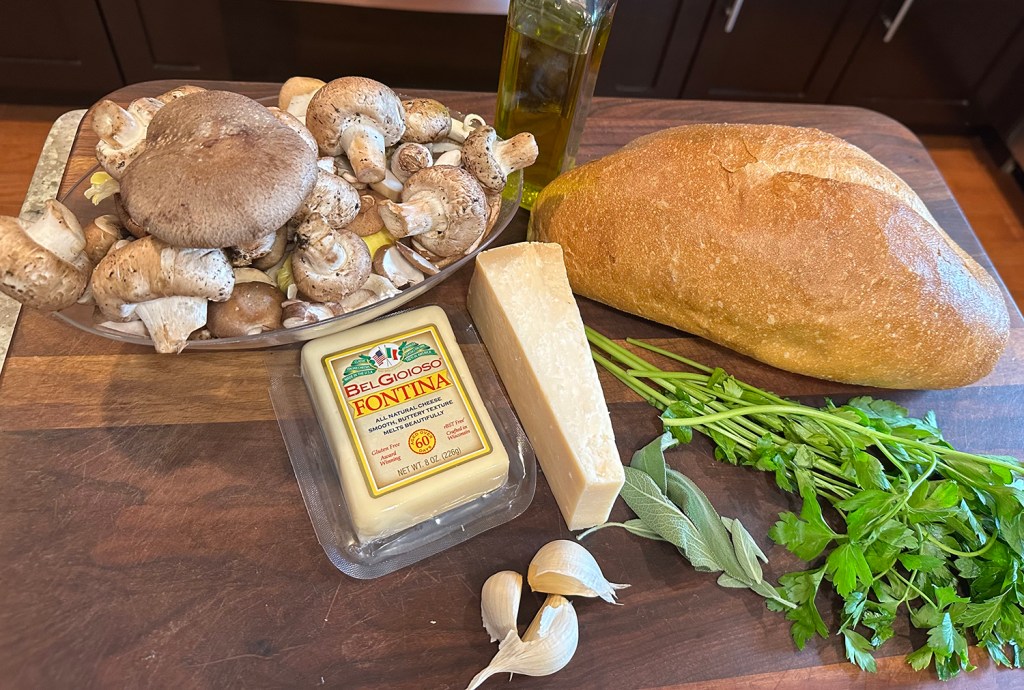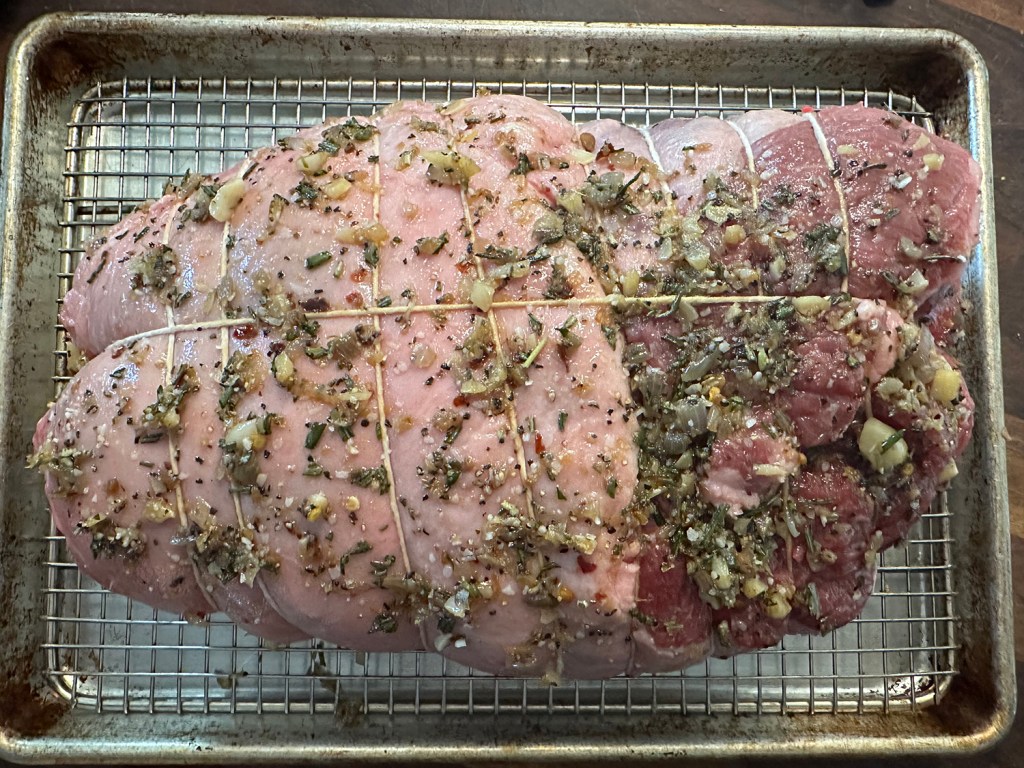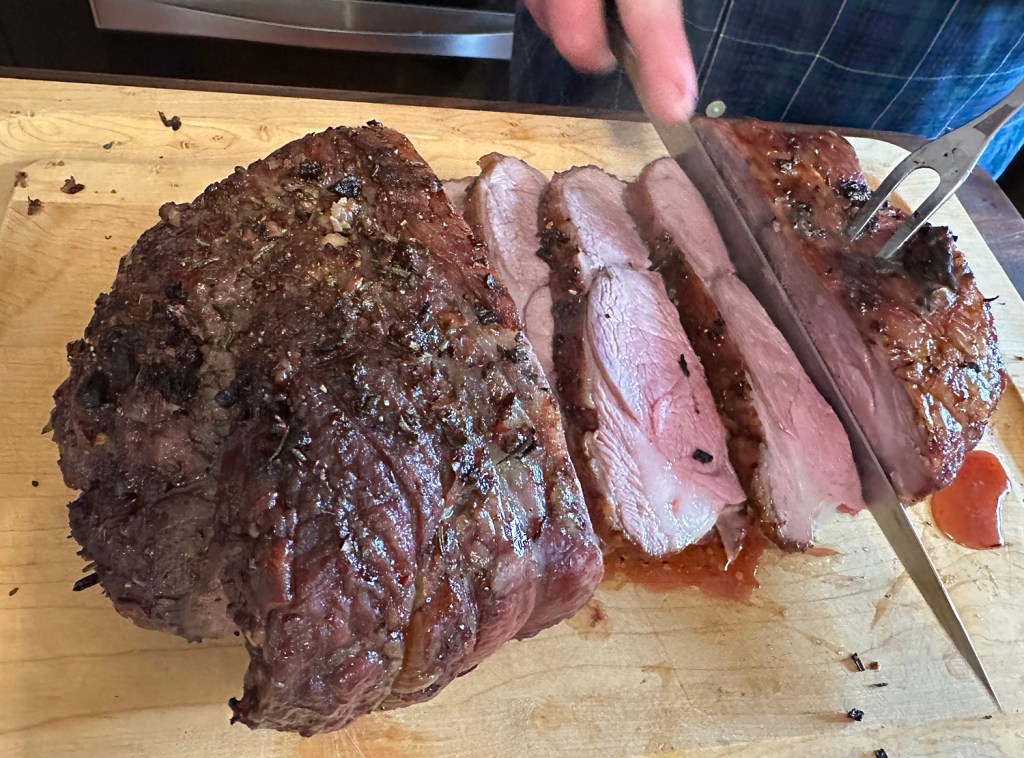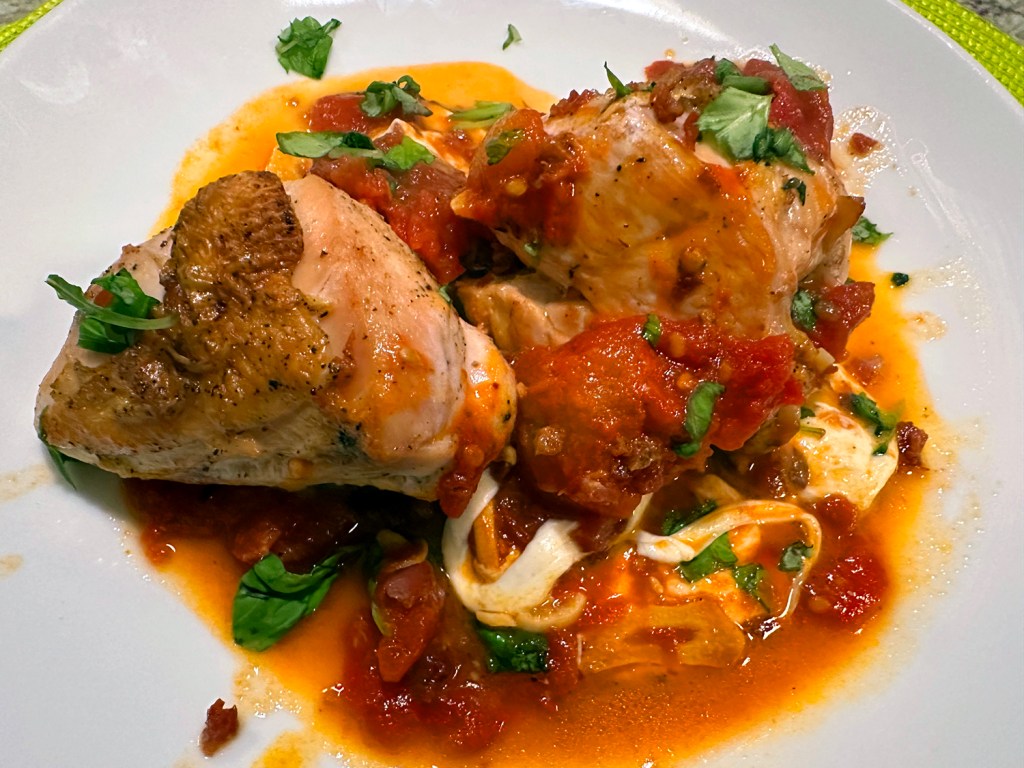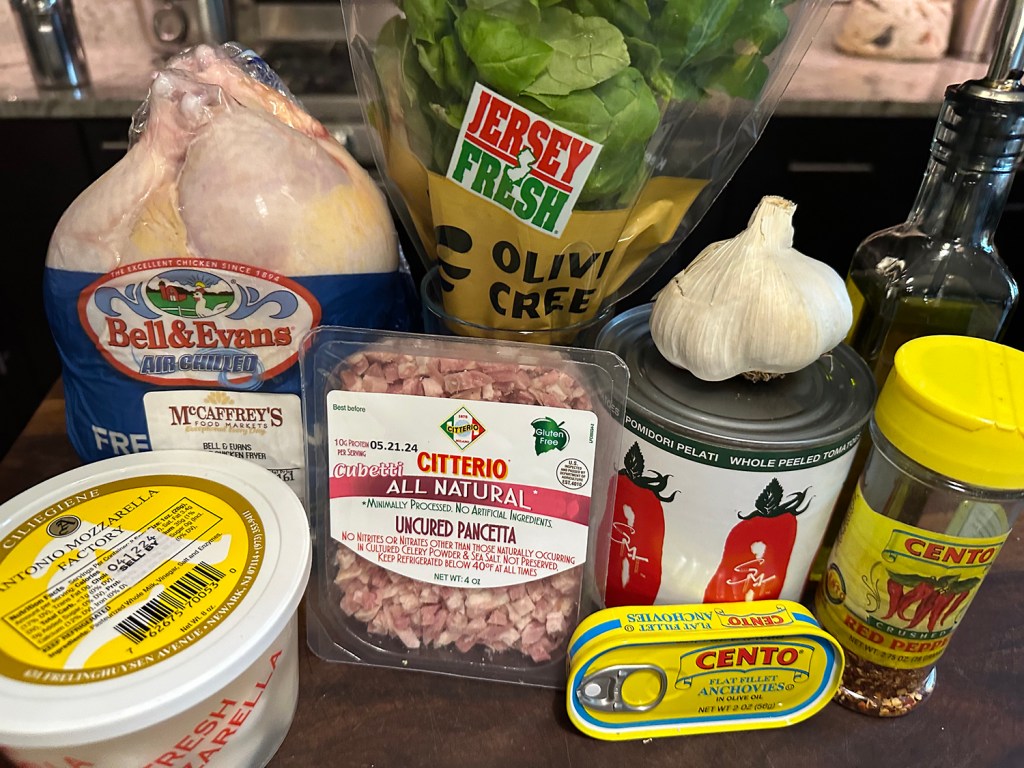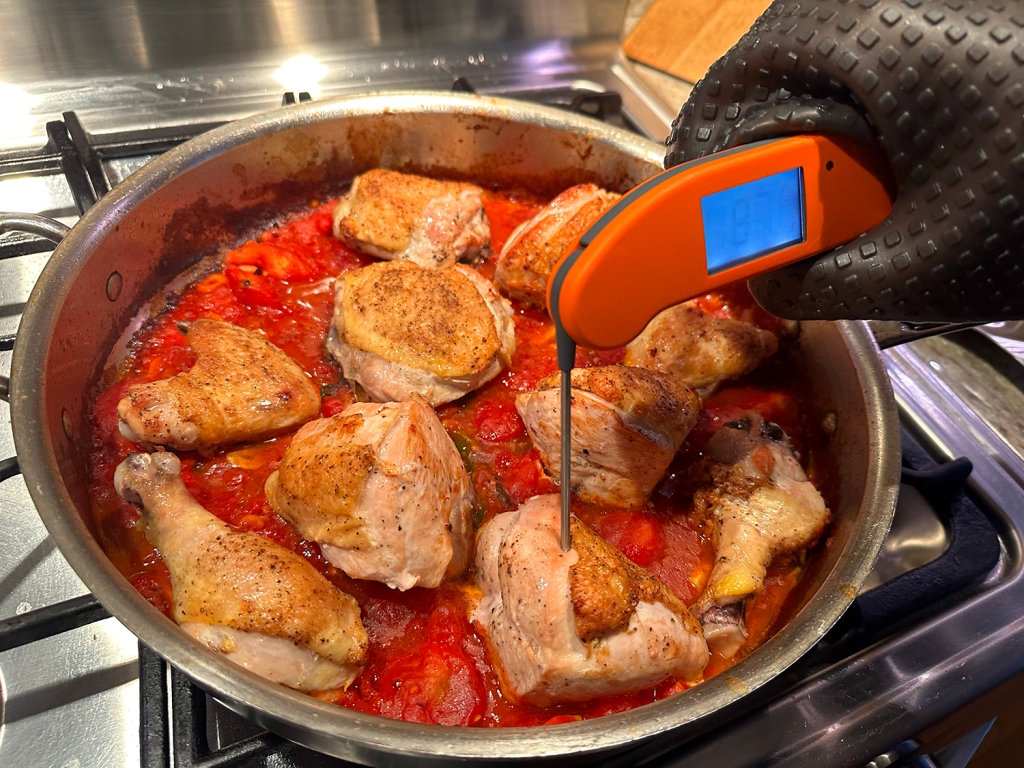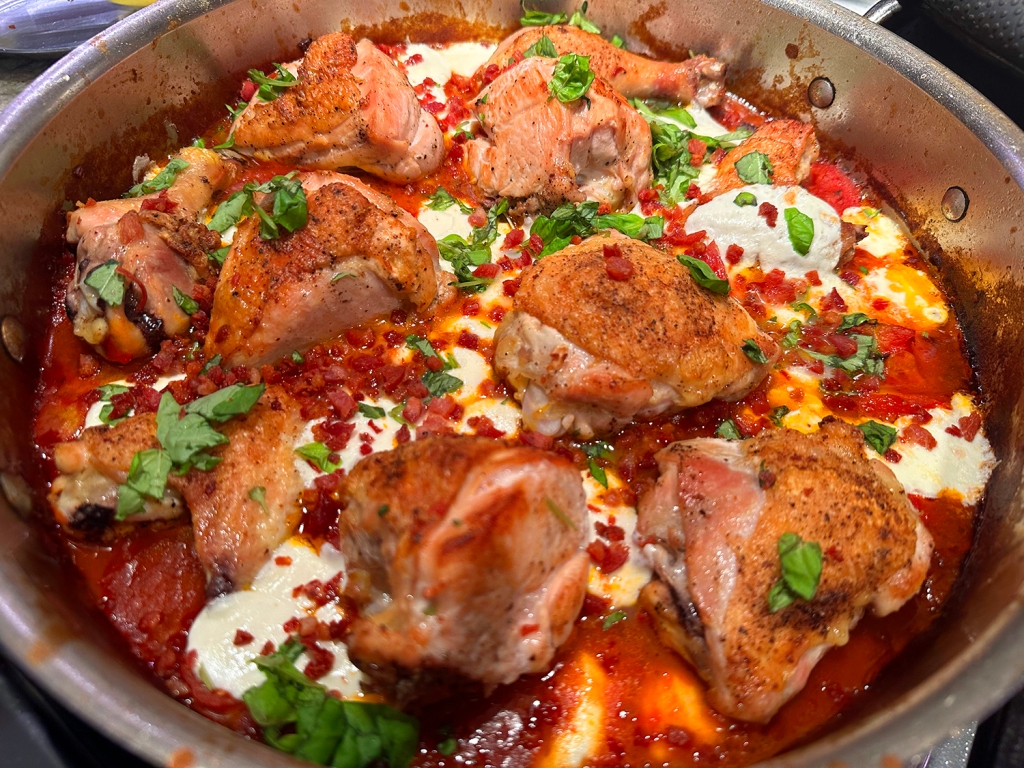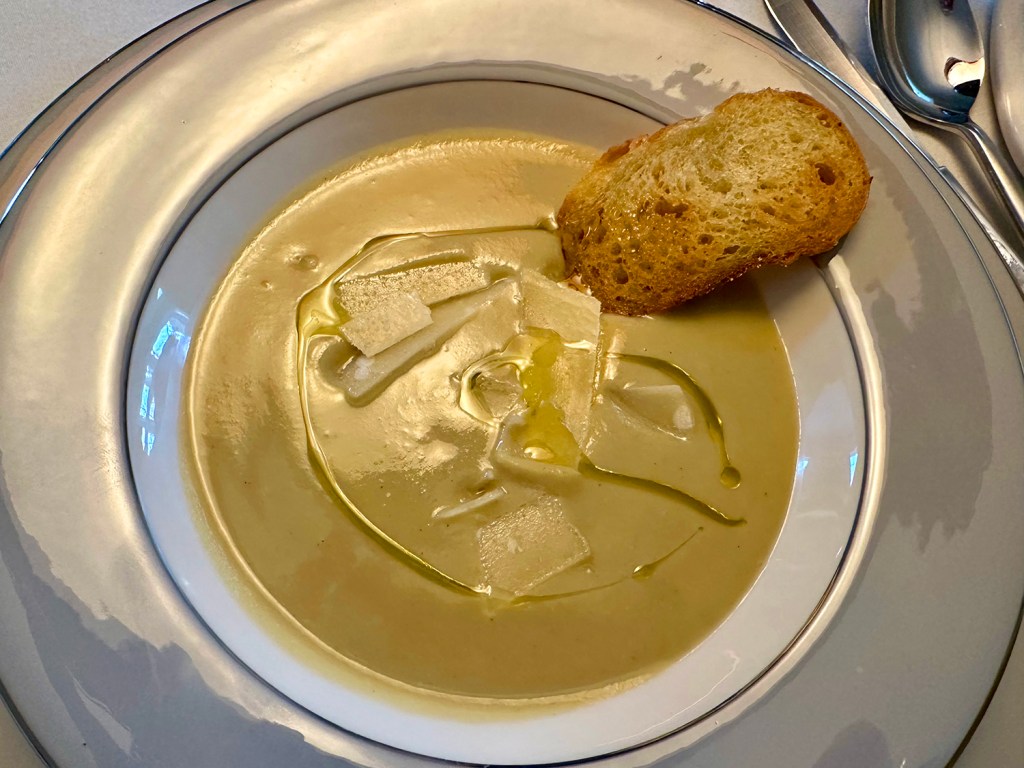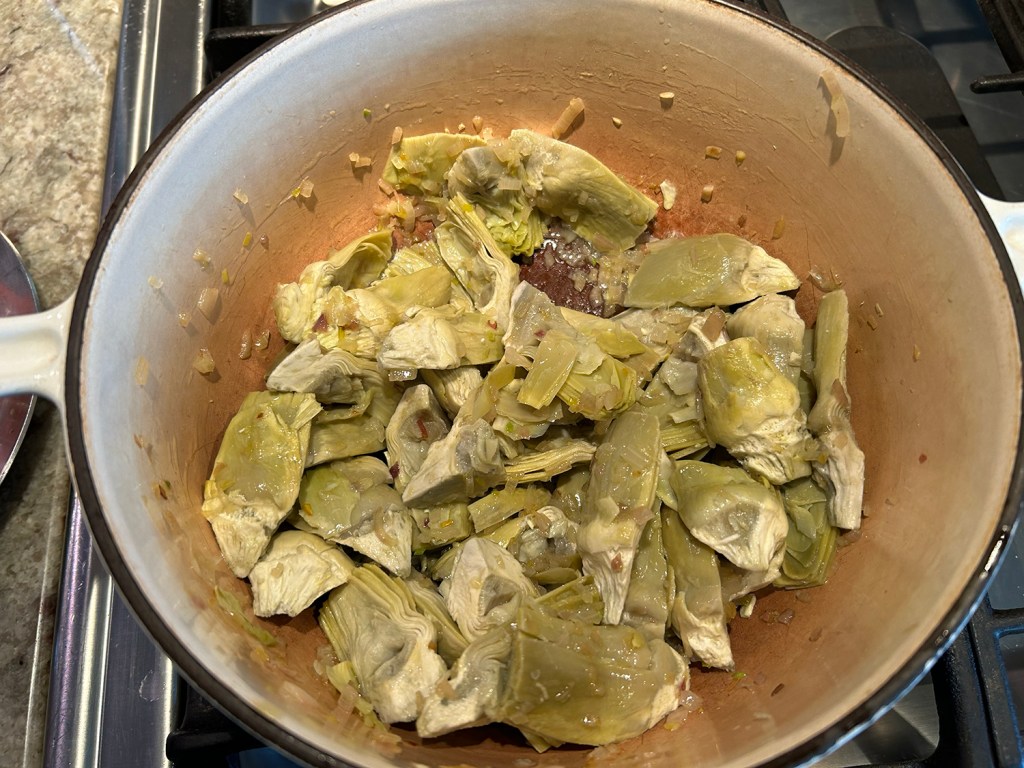This recipe from the “Woks of Life” is an example of easy, tasty, healthy and cheap. Now we don’t consider “cheap” to necessarily be a top descriptor of our culinary approach, but this cabbage stir-fry is savory, tangy, very quick to prepare—and the overall ingredients are not costly. Cabbage is so inexpensive, filling, and healthy, but people don’t always know how to prepare it in a way that actually tastes, well…good.
All you need is very high heat, a couple of dried chilies, a few splashes of Chinese pantry staples—and a wok—to make all the difference. Just eating this cabbage dish over rice is a satisfying meal in and of itself.
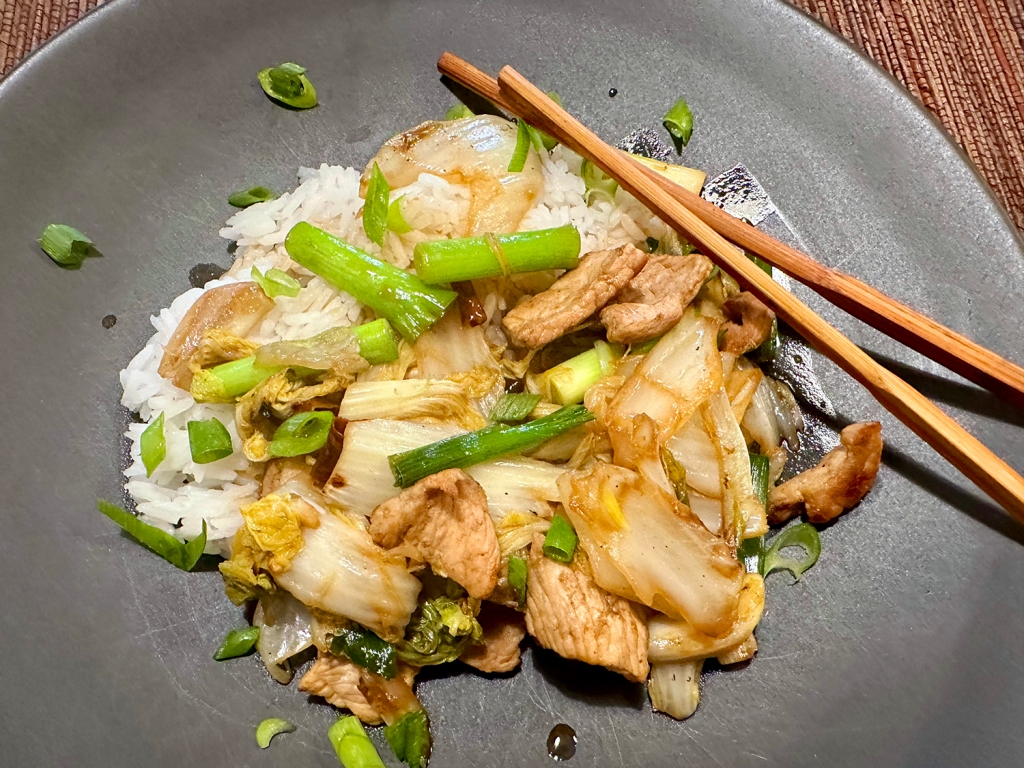
In Chinese, the name of this dish can be translated as “hand-shredded cabbage.” The real reason is unknown, but a guess is that the rough, haphazardly torn pieces of cabbage offer textural variety, and do a great job of soaking up more sauce and flavor. OK, we’re down with that…
On another note, even though it was a truly delicious dish, our preference lies toward saucy when it comes to stir-fries, and this was decidedly not. So if you prefer a more saucy finish, just double the liquids (wine though vinegar).
While The Hubs likes pork belly, The Missus does not, so we compromised and used a small pork loin. We had a half head of cabbage on hand weighing about 50% less than called for, so we doubled the number of scallions from 2 to 4. The recipe says it feeds 4, well the two of us almost polished it off; therefore more realistically serves 2 to 3 people.
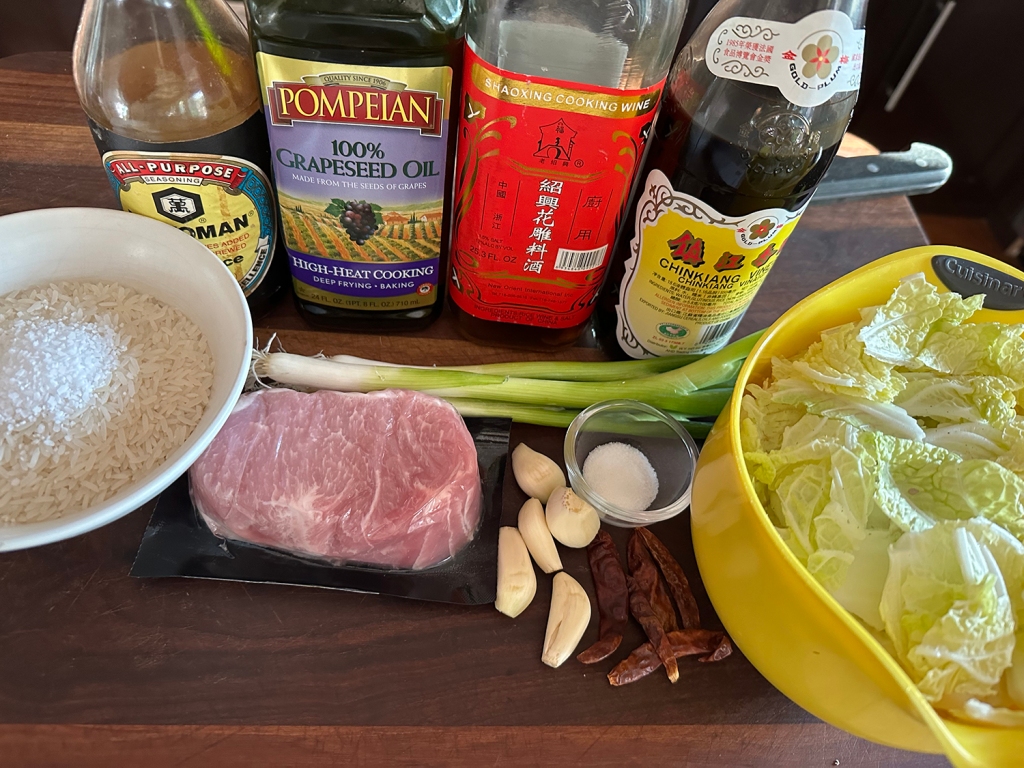
Chinese Shredded Cabbage Stir-Fry
Ingredients
- 2 Tbsp. oil
- 6 oz. pork belly (pork loin, or chicken, thinly sliced)
- 5 cloves garlic (smashed and cut in half)
- 5 dried red chilies (deseeded and roughly chopped)
- 1 1/2 lb. cabbage (hand-shredded into bite sized pieces, washed, and thoroughly dried)
- 2 tsp. Shaoxing wine
- 1 Tbsp. soy sauce
- 1/2 tsp. sugar
- 1 Tbsp. water
- 1/2 tsp. Chinese black vinegar
- 2 scallions (cut into 2-inch lengths)
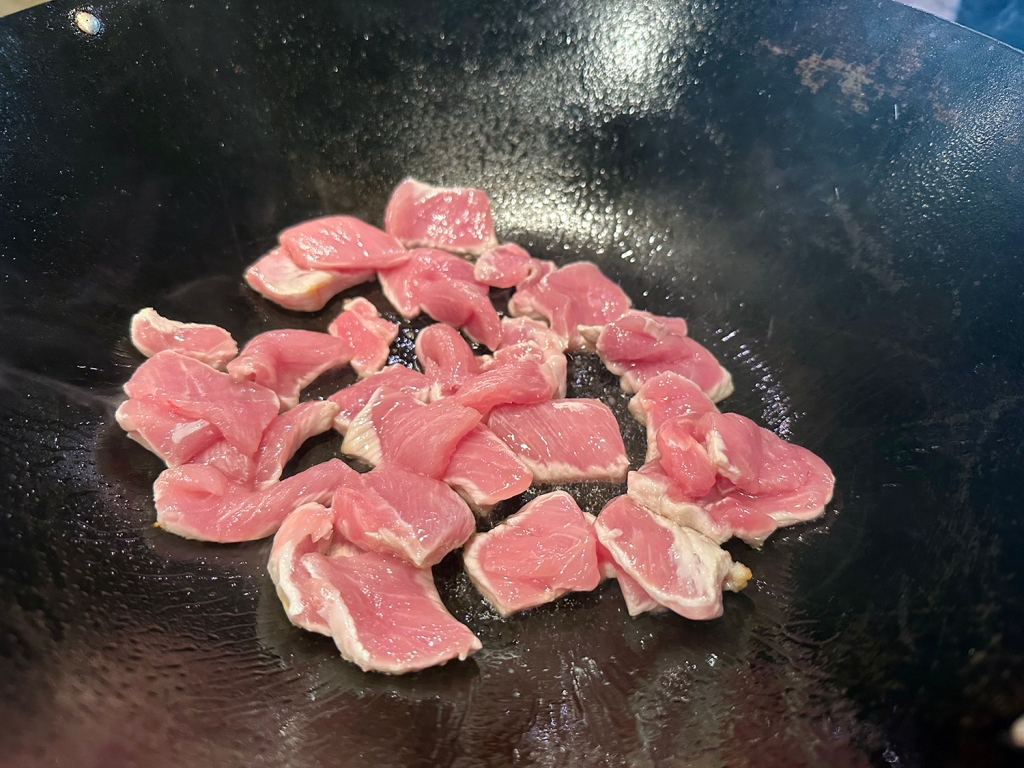


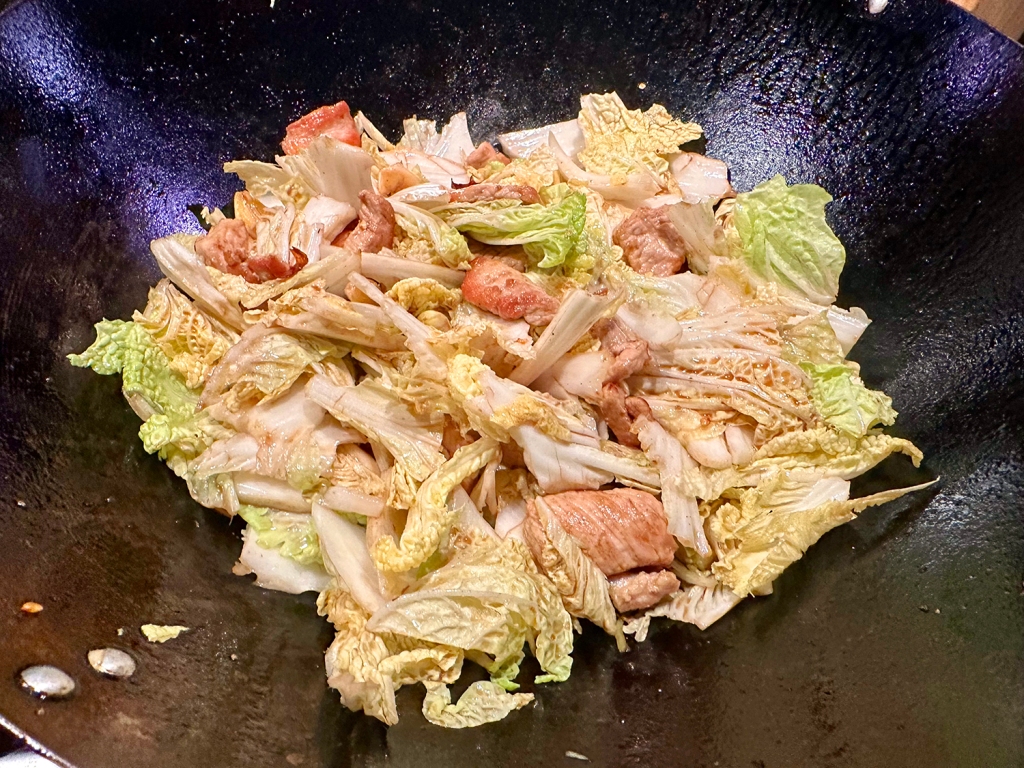

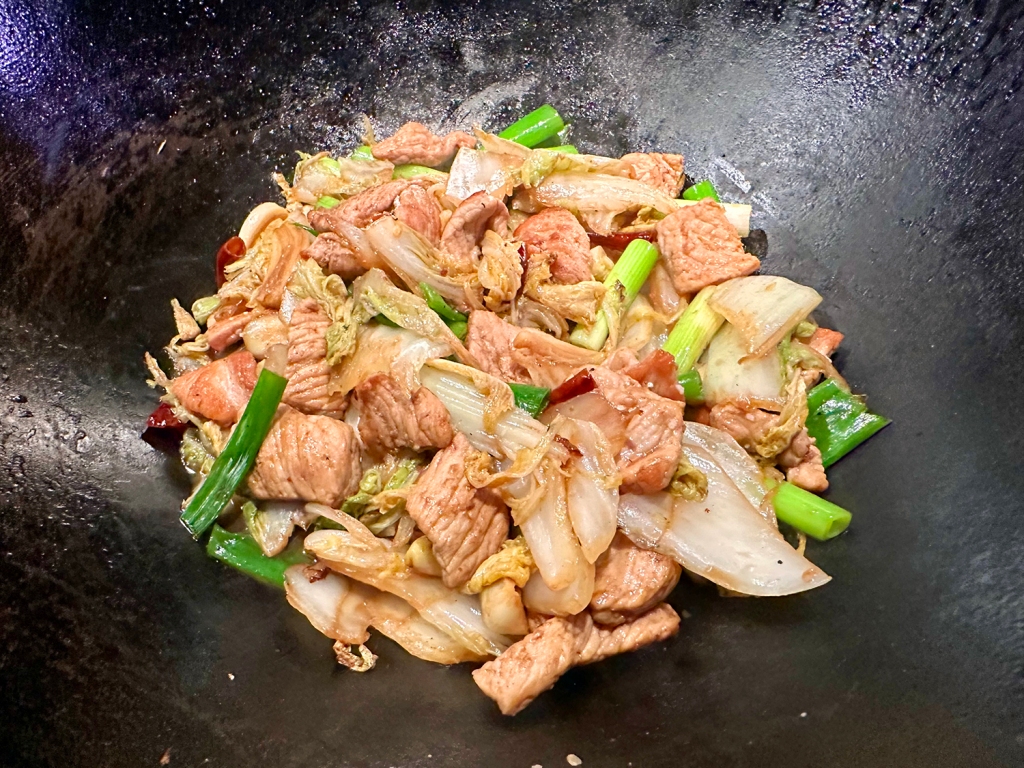
Directions
- In a wok over high heat, add the oil. Sear the meat until caramelized. Add the garlic and chili, turn down the heat to medium, and stir-fry for a minute, taking care not to burn the garlic.
- Add the cabbage, wine, soy sauce, sugar, and water. Turn up the heat to high, cover the lid and let the cabbage cook for 1-2 minutes.
- Uncover the lid, and stir in the black vinegar, scallions, and salt to taste. The cabbage should be wilted, but still slightly crunchy and caramelized. Serve hot!
Recipe from “The Woks of Life”




